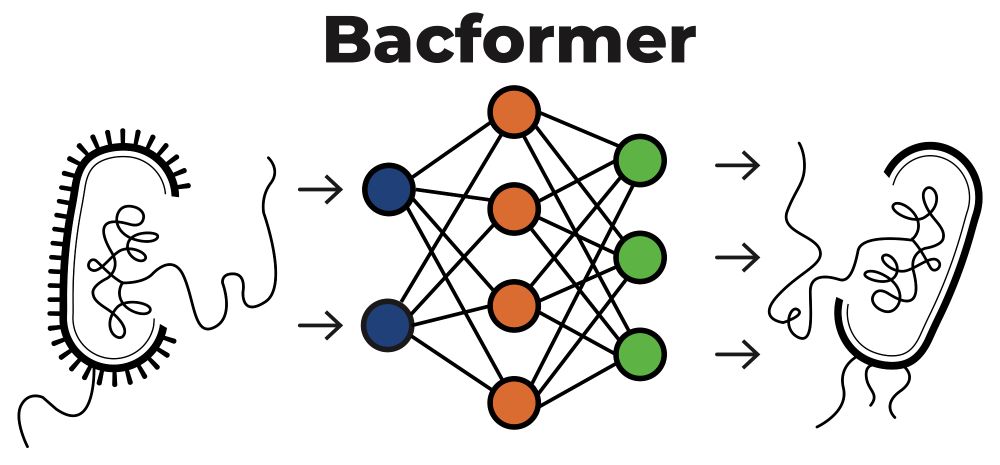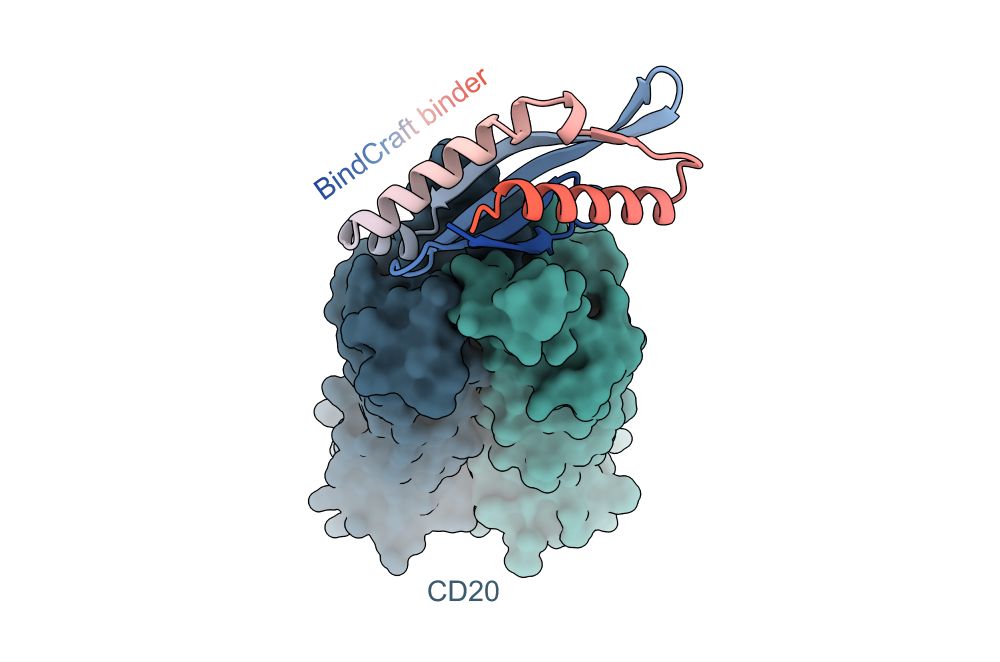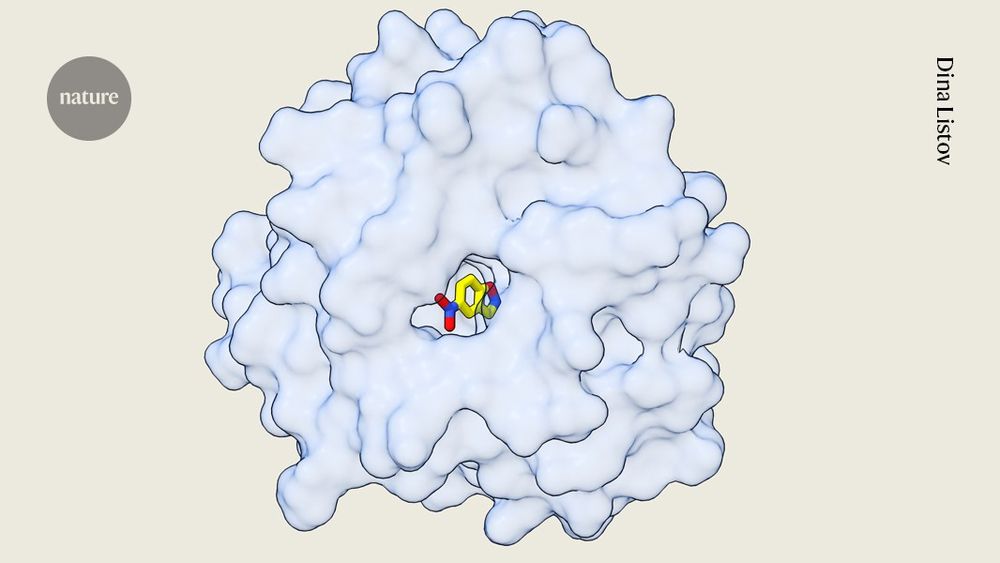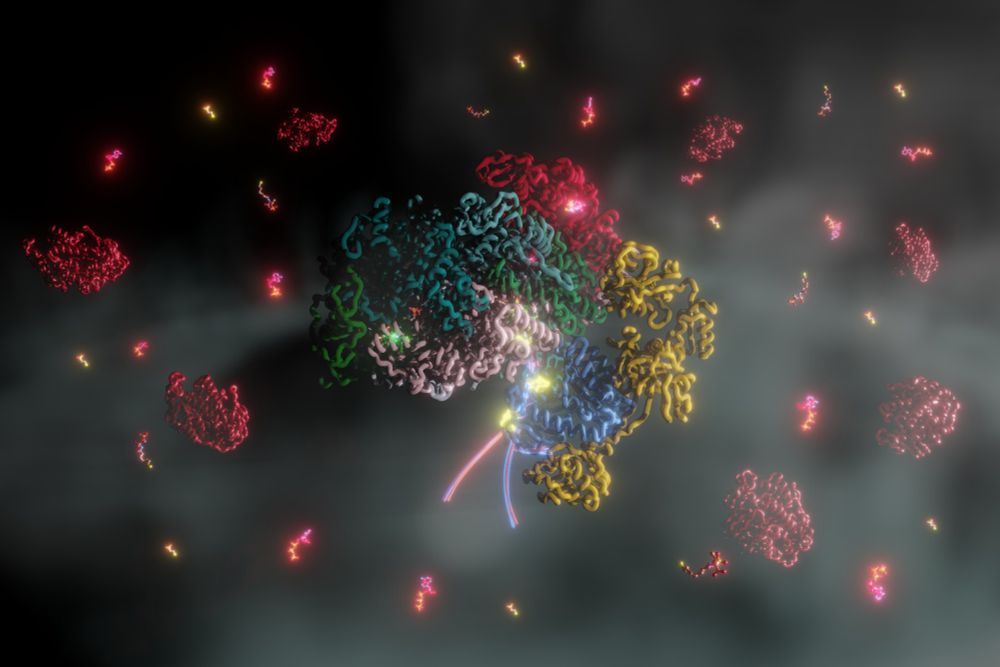
https://www.micalis.fr/equipe/chemsybio/
🔗 tinyurl.com/482fbw37

🔗 tinyurl.com/482fbw37

In collaboration with ICMUB bourgogne
congratulations @afrza686.bsky.social @ajeetsinghm.bsky.social Bishnu and Marcello
@ipcm-sorbonne.bsky.social
In collaboration with ICMUB bourgogne
congratulations @afrza686.bsky.social @ajeetsinghm.bsky.social Bishnu and Marcello
@ipcm-sorbonne.bsky.social
pubs.acs.org/doi/full/10....

pubs.acs.org/doi/full/10....
Preprint 📝: biorxiv.org/content/10.1...
🧵 1/n

Preprint 📝: biorxiv.org/content/10.1...
🧵 1/n
We report in @science.org the discovery of a human homolog of SIR2 antiphage proteins that participates in the TLR pathway of animal innate immunity.
Co-led wt @enzopoirier.bsky.social by D. Bonhomme and @hugovaysset.bsky.social
www.science.org/doi/10.1126/...
We report in @science.org the discovery of a human homolog of SIR2 antiphage proteins that participates in the TLR pathway of animal innate immunity.
Co-led wt @enzopoirier.bsky.social by D. Bonhomme and @hugovaysset.bsky.social
www.science.org/doi/10.1126/...
github.com/martinpacesa...

github.com/martinpacesa...
#FeteDeLaMusique
#FeteDeLaMusique
https://go.nature.com/43PmE5s

https://go.nature.com/43PmE5s
We’re excited to share our latest paper on combining cell-free systems and machine learning to express full genome in vitro.
Check it out now! 👉 www.biorxiv.org/content/10.1...
Catch us at SEED in Houston this June to discuss this work.
#CellFree

We’re excited to share our latest paper on combining cell-free systems and machine learning to express full genome in vitro.
Check it out now! 👉 www.biorxiv.org/content/10.1...
Catch us at SEED in Houston this June to discuss this work.
#CellFree
Amazing team work!
Check out:
pubs.acs.org/doi/10.1021/...

Amazing team work!
Check out:
pubs.acs.org/doi/10.1021/...

Really fun to be celebrating the contribution of diverse organisms to our understanding of immunity 🪰🐘🦠.

Really fun to be celebrating the contribution of diverse organisms to our understanding of immunity 🪰🐘🦠.

🎥 Dr Raphaël Rodriguez tells us more on video ⤵️
ℹ️ Read the scientific publication in Nature: www.nature.com/articles/s41...
🎥 Dr Raphaël Rodriguez tells us more on video ⤵️
ℹ️ Read the scientific publication in Nature: www.nature.com/articles/s41...
LINK: www.nature.com/articles/s41...


It includes a comprehensive benchmark of structure-based drug design (SBDD) methods and presents a full, practical pipeline for antibiotic discovery.
arxiv.org/abs/2504.11091

It includes a comprehensive benchmark of structure-based drug design (SBDD) methods and presents a full, practical pipeline for antibiotic discovery.
arxiv.org/abs/2504.11091
https://go.nature.com/3RFlouC

https://go.nature.com/3RFlouC
www.nature.com/articles/s41...

www.nature.com/articles/s41...


